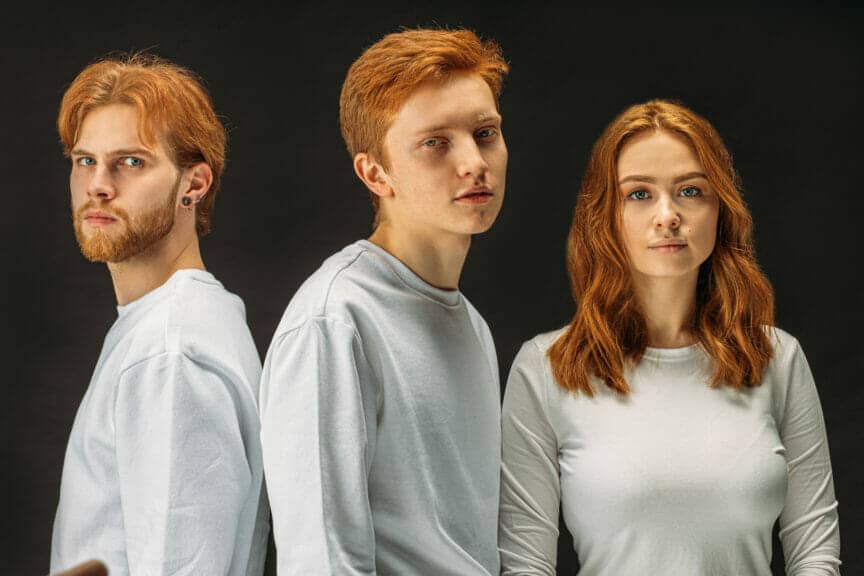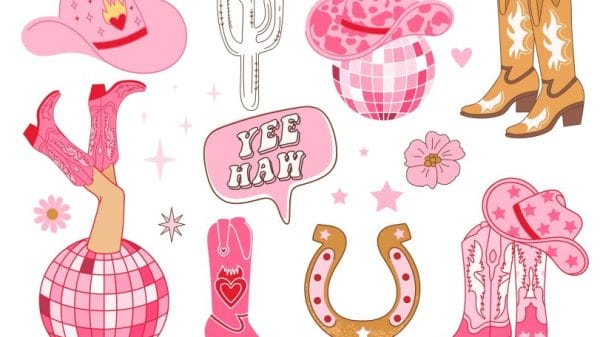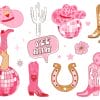Most gingers are well acquainted with the nickname “Red.” It’s the first label shouted at us by the angry coach at tryouts, the diminutive marker murmured when a relative pats us on the head, and the wry word twisting the lips of the boy who thinks he’s flirting.
As a Redhead myself, I’ve been subjected to various nicknames on account of my hair. “Carrot-Top,” “Firehead,” “Strawberry,” and the oh-so-original “Red” have characterized my life for as long as I can remember, to the point that they almost became a mark of pride. The more creative the nickname, the more excited I was to hear it.
However, these feelings started to change once I reached university. “Red” suddenly got a new connotation, one I wasn’t sure I could fit into.
The Strength of Color
“People with red hair often feel that the color of their hair overpowers everything else, becoming all that people see.”
-Stollznow, Karen. “An Examination of Stereotypes About Hair Color.” Psychology Today, 2021.
For me, my overpowering moment happened on New Year’s Eve.
I was sitting in the passenger seat of a close friend’s car, bundled up against the cold. I had a massive crush on the boy in the driver’s seat, and I was crossing my fingers that he’d be kissing me at midnight. It was the first time I’d felt so utterly teenage and normal, and I didn’t want the night to end.
This illusion was quickly shattered. While telling me a story about one of his coworkers, my friend looked at me and declared, “She kind of reminds me of you, you know? Redheaded and feisty.”
My mind ground to a halt. I’m not feisty. Just minutes before, we’d talked about how quiet I’d been in the classes we’d shared. Yet, this got me thinking. My friend had no evidence. What was it about me that made him automatically assume I had a fiery streak of anger?
The answer was simple: My hair.
Read More: An Examination of Stereotypes About Hair Color
Historical Stereotypes
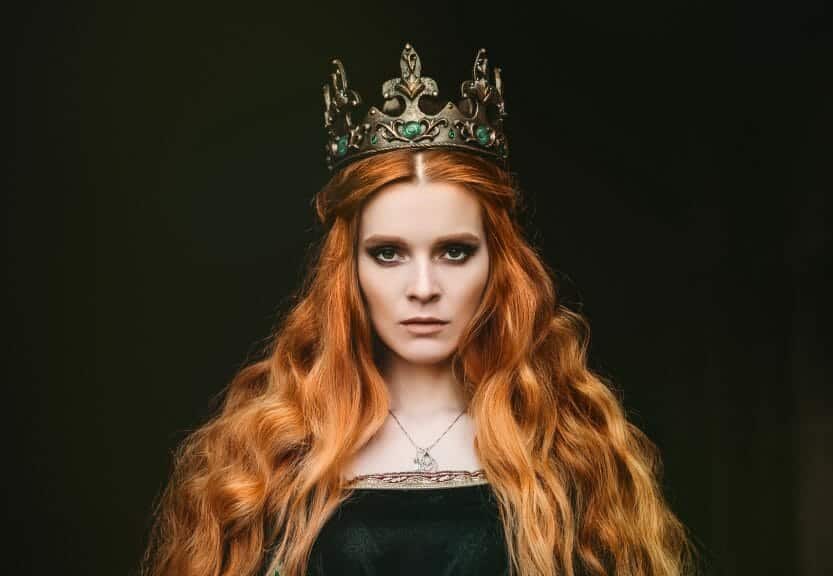
Throughout history, redheads have often been depicted in various social roles, both negative and positive. In “The Birth of Venus,” Botticelli chose a red-haired muse to depict the goddess of love and beauty, highlighting the exceptional quality of naturally red hair.
Conversely, the sixteenth-century European witch hunts brought persecution of red-haired women in France on account of their hair being labeled “poil de Judas” or “the hair of Judas.” This hatred and reverence for equal measures have contributed to the creation of a stereotype that puts redheads in their own social category.
Read more: “Die-ing”: A Brief History of the Redhead
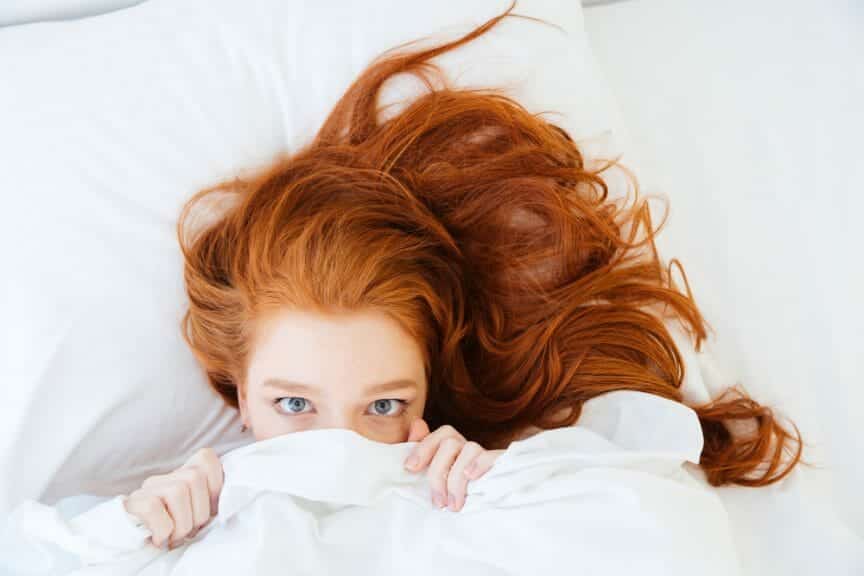
The “Ginger Stereotype”
Red-haired individuals are often shown to be impulsive, short-tempered, and often hyper-sexual. This is primarily because the color red is associated most strongly with anger and lust, which carries over into both classical and modern depictions.
For example, Katherine Minola from Shakespeare’s “The Taming of the Shrew” is often shown with wild red hair. The color is a metaphor for her untamed spirit, a choice that rapidly became popular. Dreamworks echoed this in its 2012 movie “Brave,” which depicted its red-haired main character Merida as short-tempered, strong, and independent.
While these representations are not necessarily harmful, by showing red-haired individuals–particularly women–as people that are bright, loud, and generally just in-your-face, an expectation is created that this is how redheads will behave in real life. When stereotypes like this one saturate the market, it’s hard for some people from that social group to break free from those expectations.
The Feistiness of Sexuality
According to Merriam-Webster, “feisty” describes an individual that is “typically weak or small, but very lively, determined, and courageous.” Even the definition has a patronizing streak that is expounded upon with the ginger stereotype.
Specifically, saying that someone is feisty implies that someone needs to be tamed. This is shown in “The Taming of the Shrew,” through Katherine’s vibrant red hair slowly becoming darker as she adapts to “proper” society. However, this taming has a distinctly sexual aspect that is exacerbated by many modern depictions of redheads.
As a university student, I’ve been catcalled many times. Yet, the most vivid encounters I’ve had with street harassment have been because of my red hair.
One night, I was walking home from a party with some friends, and I made eye contact with a man as we passed each other. He looked at his friend and lovingly sighed: “God I love redheads.” Rather than remark on how I was an attractive individual, he focused on the fact that I was fulfilling a particular set of characteristics.
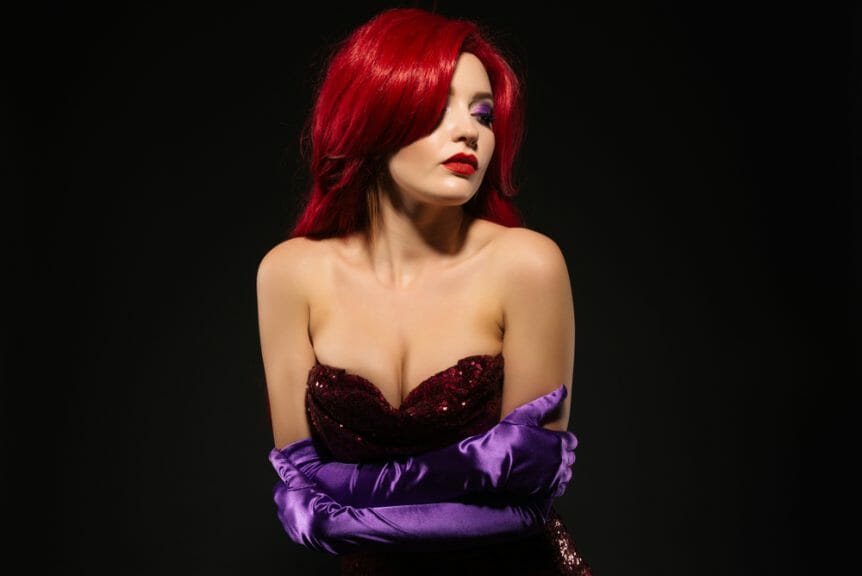
This beauty standard was set down and upheld by token redheaded film characters. For example, Jessica Rabbit, a redhead, is widely regarded as one of the best-known sex symbols in animated media. She is shown to be amoral, voluptuous, and sultry, often using her beauty to her advantage at the expense of others. This adds further weight to the association between red hair and lust.
Beyond her, the Marvel Comic characters of Black Widow and Scarlet Witch are frequently shown wearing low-cut clothes or skin-tight bodysuits. This emphasizes their bodies rather than their personalities and is usually paired with their red hair to show anger and sex appeal.
All three of these depictions play into how a redhead “should” behave regarding sexuality and temper, further adding to the ginger stereotype.
Fetishization: Taking it a Step Further
Comments such as the one made to me above also enforce the proverbial fetishization of redheads as a whole. Focusing on someone for a singular characteristic–like hair color rather than personality–separates them from the rest of the population. By presenting redheads as sex symbols, many individuals have begun to seek out redheads for this very reason.
They think that by securing a ginger-haired partner, they will experience this “feistiness” that is so spoken about. Cryos, the world’s largest sperm bank, even reported struggling to keep up with the demand for sperm containing the MC1-R Gene for red hair in 2014.
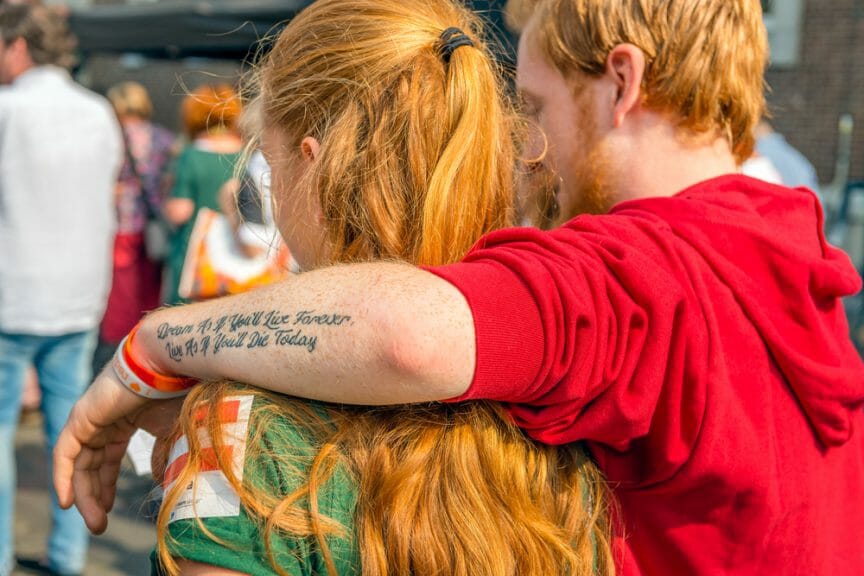
This can become dangerous for redheaded individuals’ mental and physical health. Many of my redheaded peers have reported feeling like they were over-sexualized and hit with unfair expectations because of their natural characteristics.
Beyond that, there is backlash when redheads don’t conform to the traits expected from them. Redheads across the globe are reporting higher rates of bullying, and 15-year-old Helena Farrell even took her own life in 2013 after enduring years of harassment.
When the most popular representations of redheads in the media are wild, sexualized, and often hot-headed, it is difficult to see oneself in the world. A more significant expansion of the cast of popular redheaded characters to include different traits is needed. By doing this, media outlets would offer more opportunities for red-haired children of all ages and genders to see themselves represented in a way that isn’t forced to conform.
The Voice of the Redhead
Don’t get me wrong, I have been known to dress as DC Comics’ Poison Ivy for Halloween, and I wouldn’t change my hair color for the world. There are many positive and negative stereotypes surrounding red hair–too many to be explored without substantial research.
Yet when said by a stranger, nicknames such as “Little Red” and even “Red” sometimes come off as overly intimate and familiar. The characteristics of rashness, impulsivity, and hypersexuality contribute to a fetishization of redheads by the media, one that only more realistic examples of redheads can fix. I didn’t end up getting that midnight kiss on New Year’s, but what my close friend said to me still sticks out to this day.
Hair color is a big part of who we are, but it doesn’t need to overpower our personalities. At the end of the day, we are so much more.


